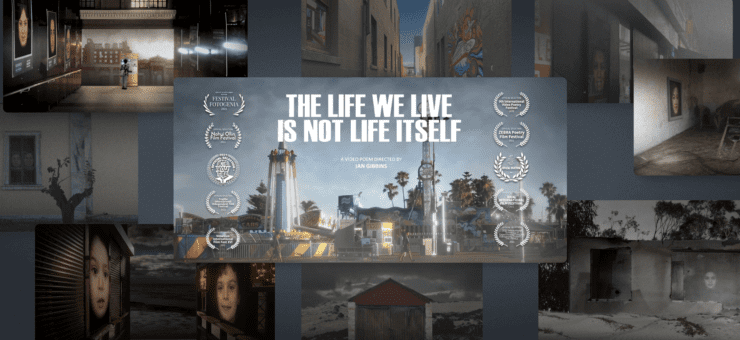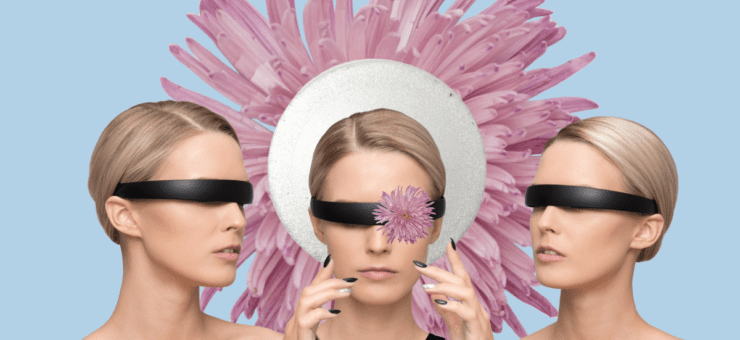If you take all your pictures from your eye level and landscape format, it’s time for a change. Close-up photography is a good place to start. This genre requires getting close to a subject and capturing its smallest details. It’s a way of discovering new angles and showcasing the best features of a subject. The close perspective forces you to adjust framing and composition, get new technical skills, and work in uncomfortable positions.
Even so, close-up photography provides exquisite images that look great in magazines, on websites and social media, and in print.
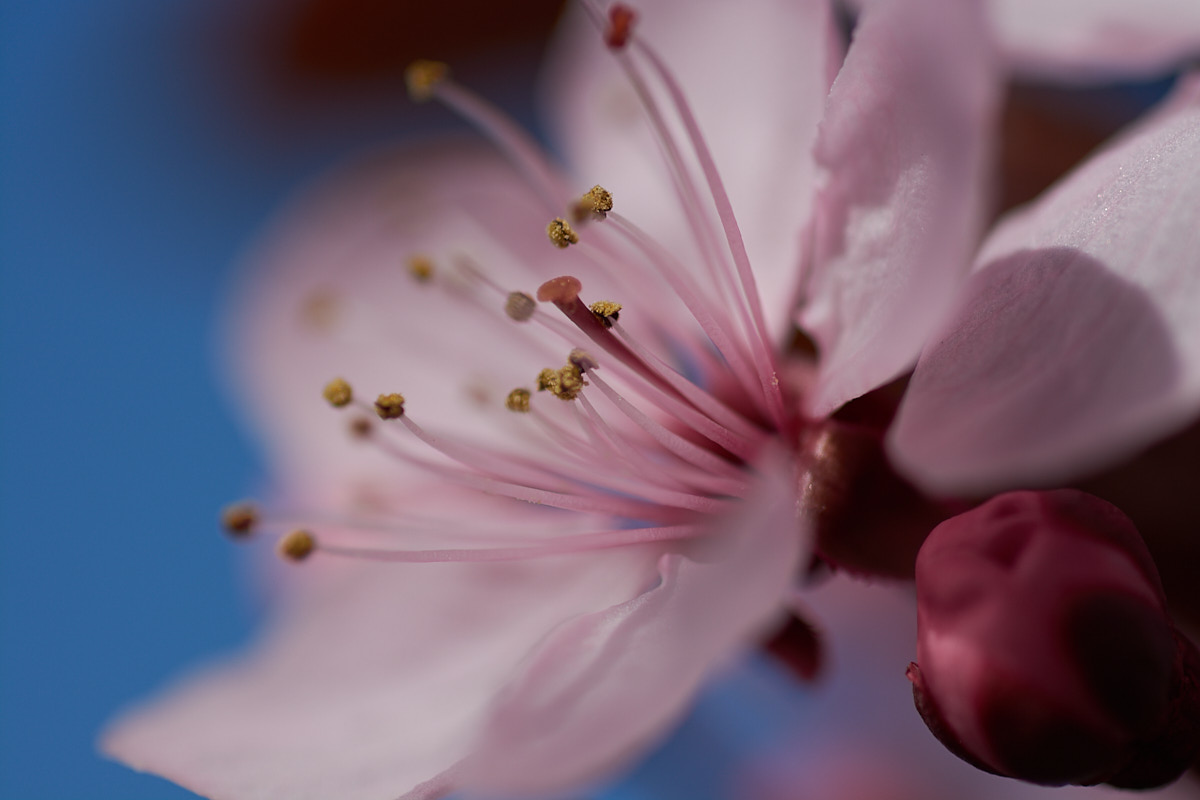
Almost any subject is a good subject for close-up photos. You can find inspiration in various photographic genres such as macro, fashion, beauty, commercial, wildlife, etc. Documentary photographers and photojournalists add a few close-ups to their photo series too.
This type of photography is powerful because it shows what we don’t notice most of the time. It makes us aware of the world around us touchingly and impressively. And it’s a great way to capture the moment.
Balance aesthetics with storytelling
While it’s easy to find beautiful details and photograph them, it’s important to add narrative to your compositions too. Think about the message you want to convey and go beyond the aesthetics of your subject matter. An excellent close-up photo begins with a photographer who builds a connection with the subject, gets to know it, and is willing to tell its story.
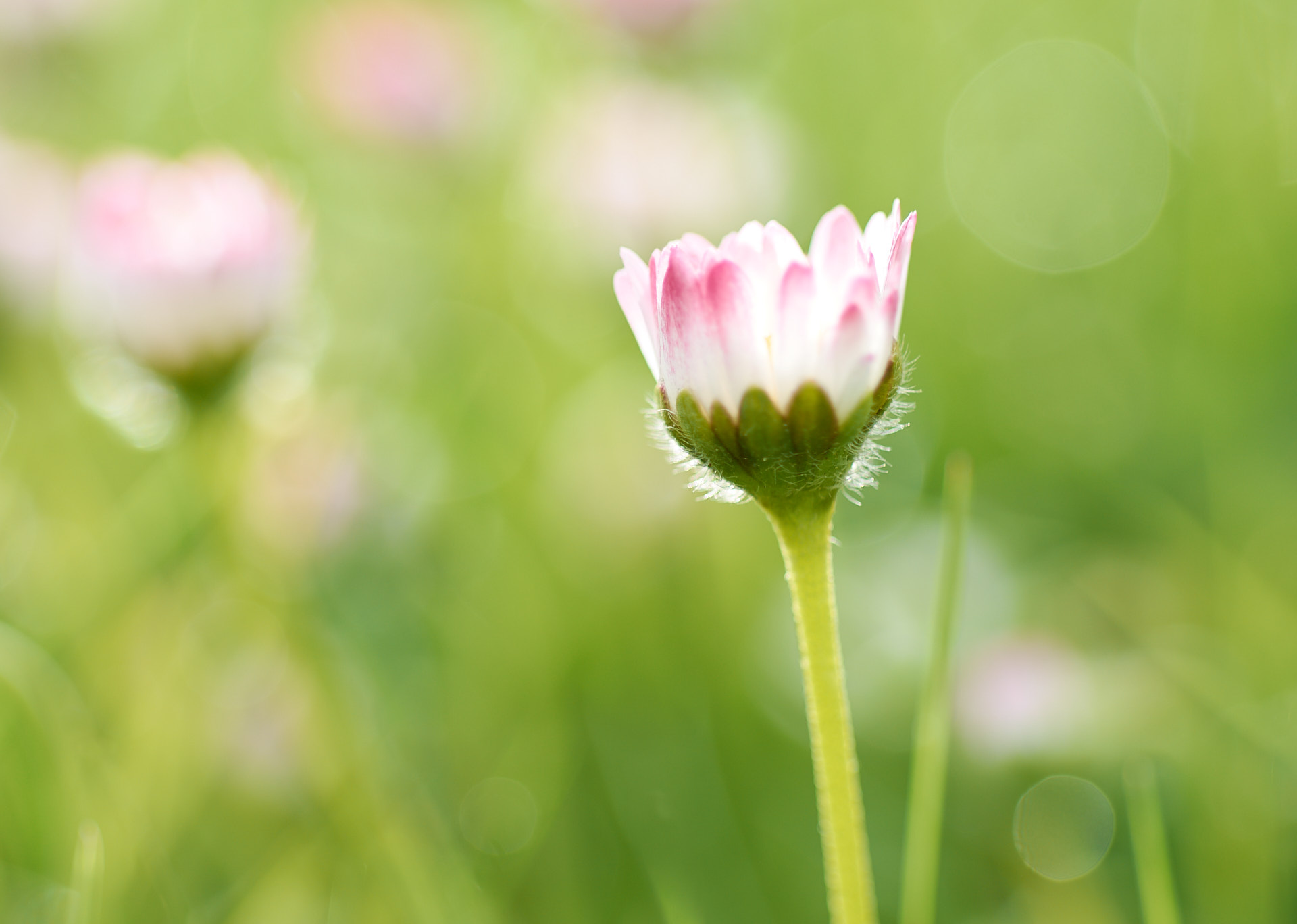
For example, you can take close-ups of flowers and plants to show transience, delicacy, or strengths against the elements. Or you may want to focus on their conceptual meaning and speak about love, marriage, grief, or peace.
Details of historical buildings speak about the people who built them, their art, and their lifestyle. Slices of fruits and vegetables may talk about appetite, diets, waste, or lifestyle. Facial expressions and gestures provide insights into the person in this arrangement’s feelings and emotions. There is always a story behind each subject matter. And it’s in your power to reveal it.
To improve storytelling, add a location or temporal element whenever is possible. A seasonal item or a clue about location may increase the value of your composition.
Light compositions work better for close-up photography
A close-up includes a single subject. Most of the time, it contains only a part of a subject. You don’t want anything else to distract the viewer from the main element. You have the power to decide what enters the frame and what doesn’t. All you have to do is find the best shooting angle and make sure you have plenty of negative space around your subject.
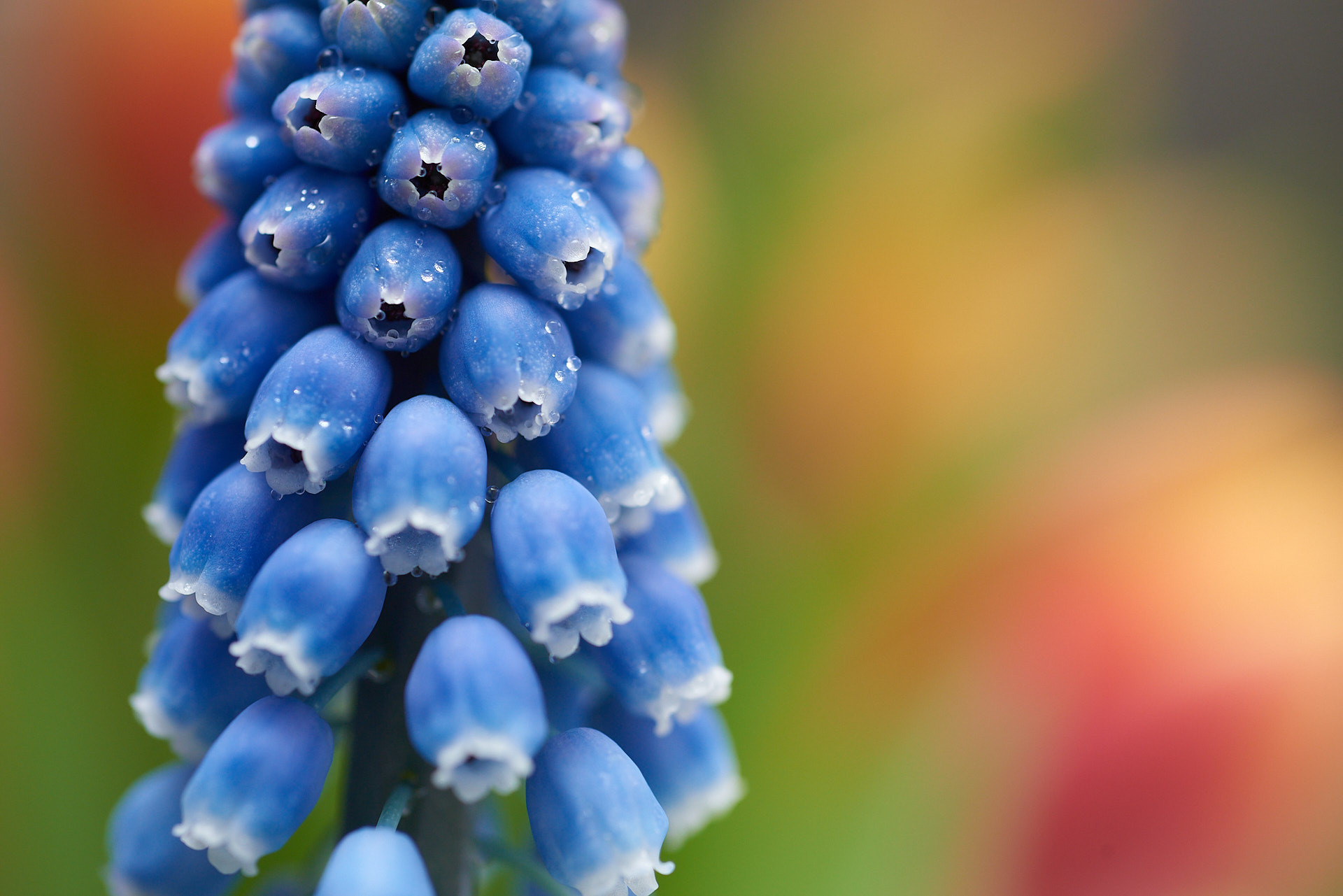
Sometimes the background is busy, colorful, and distracting, and you have to block it somehow. One way to hide the background is to blur it by using a shallow depth of field. You can do this by using large apertures, short camera-subject distances, or/and lenses with long focal lengths.
Another way is to leave space between the subject and the background by placing the camera parallel. When you set the exposure for the subject in this arrangement, the far-away background will be out of focus and darker. Moreover, photographing the subject from its level empowers it and shows the world from its perspective.
Even for a composition with only a sharp focal point and blurred background, the rules of composition apply. Place the focal point of your close-up photos according to the rule of thirds, the golden rule, or the golden triangle rule. Use the geometry of the subject in your favor and work with leading lines and symmetries. The viewer should immediately see the focal point of your image.
It’s essential to have good lighting conditions
Whether you take pictures indoors or outdoors, you need good light to take great close-ups. There are a few technical reasons for that, starting with the fact that magnification increases the risk of camera shake blur. Thus, to achieve clarity and sharpness, you have to use fast shutter speeds. You also need fast shutter speeds to freeze movement when photographing moving subjects.
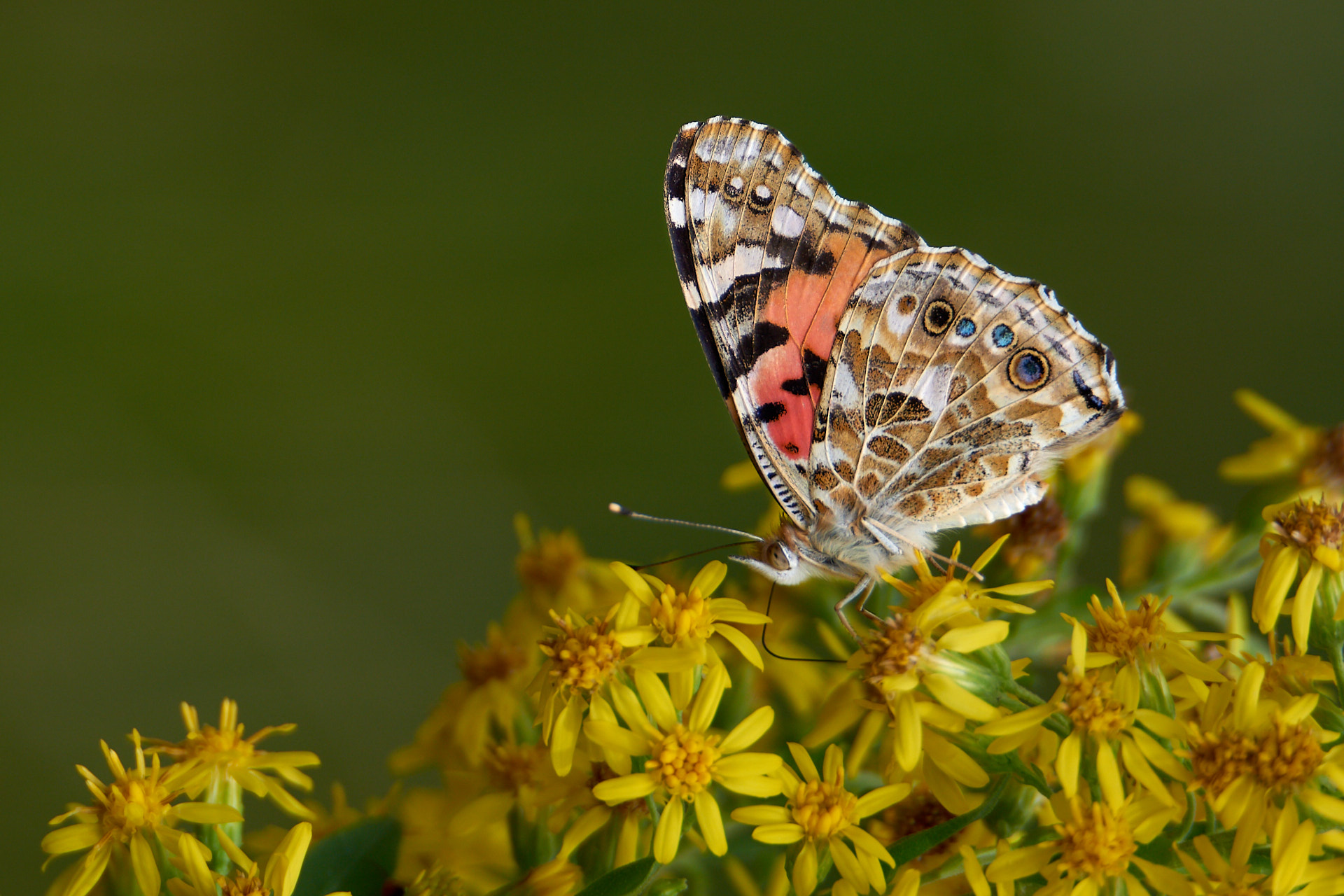
When you don’t have enough light in the scene, you have to compromise other settings to maintain a fast shutter speed. You do this by increasing the ISO value (and the risk of adding ISO noise) or increasing the aperture (and the risk of not having the entire subject in focus). As neither of these works very well, we resort to good lighting for close-up photography.
If you use natural light, plan your photo session on a sunny or bright overcast day. Close-up photography allows you to take pictures in the midday sun if you add a diffuser to your setup. Even if you don’t use a diffuser, use a lens hood to avoid glares and a circular polarizer filter to avoid reflections. When the camera-subject distance is minimal, you have to make sure you don’t cast your shadow over the subject. A solution to shooting on an overcast day is to use flash and have your portable, adjustable light source.
If you use studio lighting for an indoor session, illuminate the subject evenly and check the white balance before starting the photo session.
Invest in a tripod and a flash
When you don’t have ideal lighting conditions, you need some extra gear. A tripod and a flash give you the freedom to take photos anywhere and anytime and be creative. Yet, you don’t have to use them all the time.
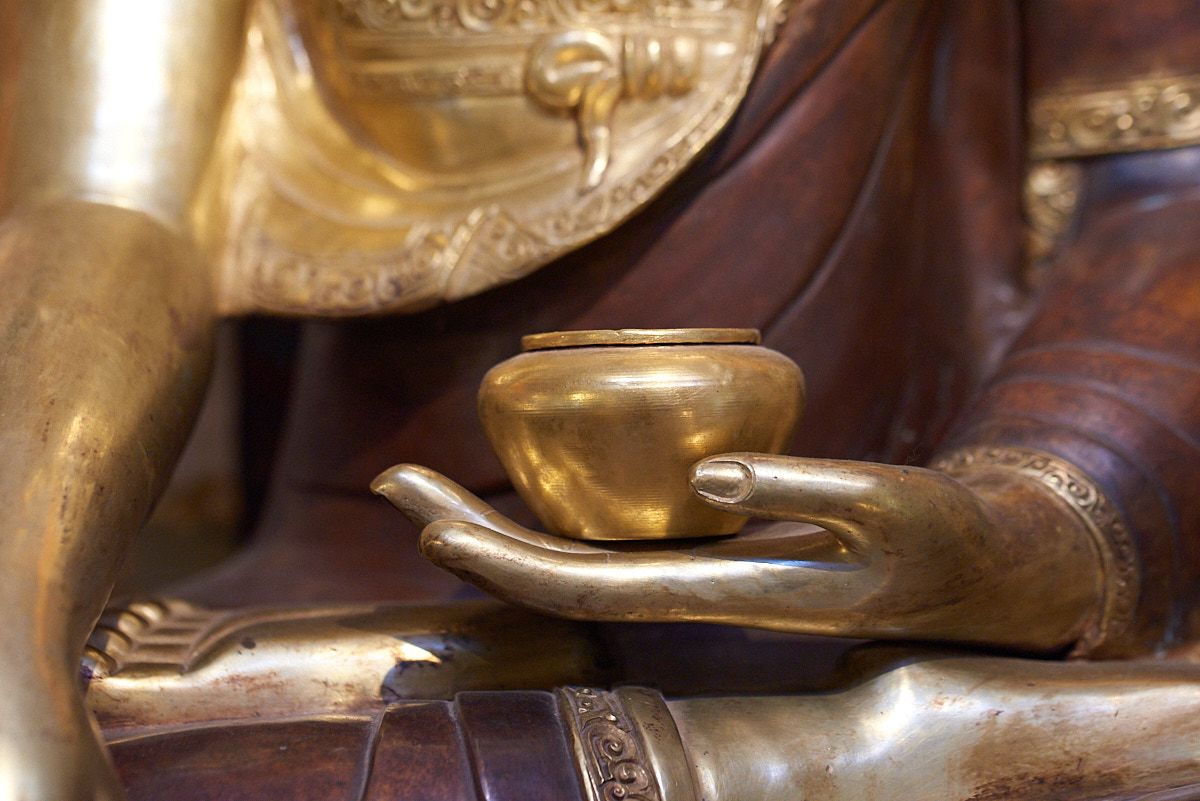
A tripod allows you to stabilize the camera and take sharp photos at slower shutter speeds. This means longer exposures for shooting in low light conditions and more interesting compositions. It also means you can use one hand to hold a plain background behind your subject, an external flash, or a sun umbrella.
An external flash is helpful to illuminate a scene and give you control over the intensity and direction of the light. If you’re into macro photography, you can try a ring flash or a twin macro flash with flexible arms. You mount them on the lens, adjust their power and directions, and trigger them together or individually. If you want to make the light softer and more natural-looking, you should use a light diffuser.
Another option is an external flash you can position anywhere and trigger using a remote control. It allows you to create special effects by illuminating the subject from behind or from a lateral position.
Clarity is a must-have
No matter what technical difficulties you face, the focal point of your close-ups has to be well exposed and sharp. At this magnification level, any mistake will ruin your photo. Use manual focus to ensure the focal point is where you want it to be, sharp and clear. Don’t let the camera make decisions for you.
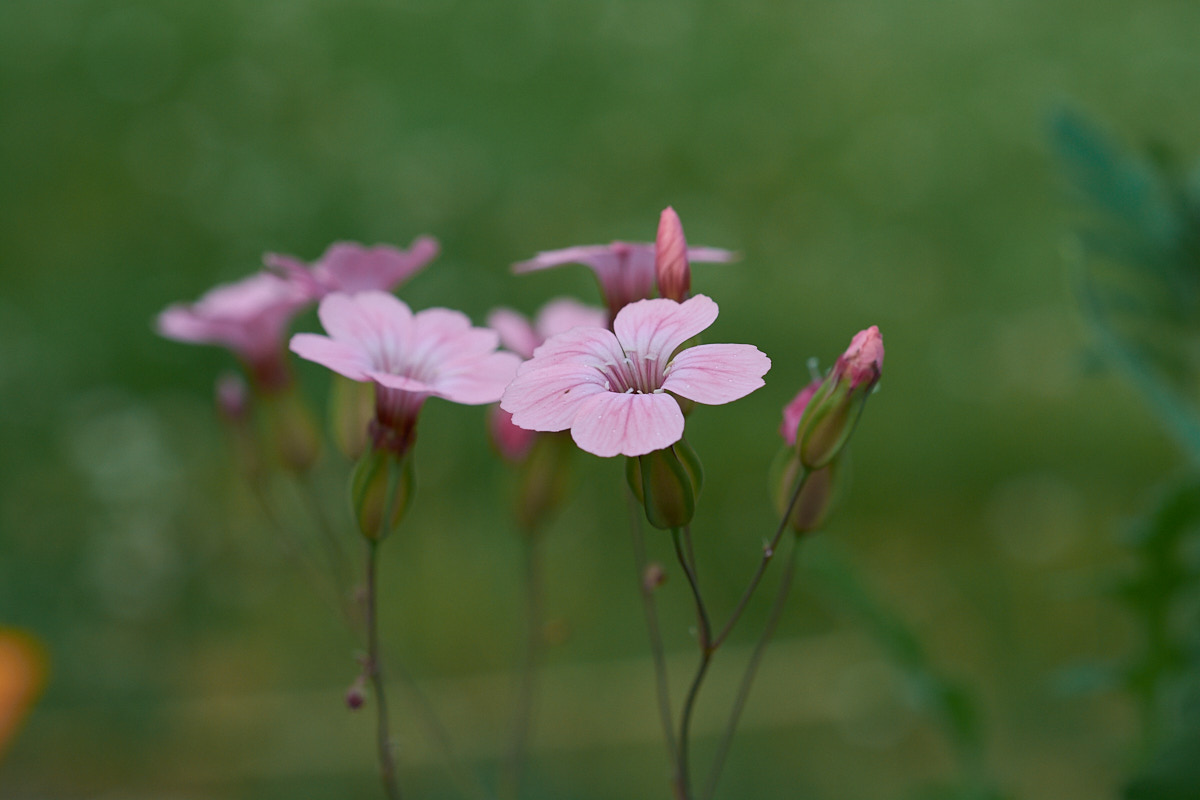
When you have a large light difference between the subject and background, try using spot or center-weighted metering. In this situation, the matrix metering mode may produce overexposed or underexposed images.
Keep in mind that your photos may reveal their errors only on a large screen. So take many photos of the same scene and use the camera’s screen to look for mistakes. This is where a tripod gets useful. Also, try using the smallest ISO values possible to avoid adding noise. Even in low light conditions increasing the ISO should be your last resort, especially if you don’t use a camera with high performances at high ISO values.
You don’t need just technical skills to deliver clarity and good photos. You need patience too. In some cases, the subject may move. You have to wait for it to stop and take pictures fast. When you photograph people, it’s even more difficult. You can’t place the camera too close to their faces without making them feel nervous and agitated. Also, the flash may produce the red-eye effect. Use telephoto lenses to keep the camera (and flash) away from the subject. Sometimes it helps to change the flash direction, reduce its power, or use a diffuser.
Concluding words
Close-up photography is challenging. You have to learn to find your subjects and frame them in the best way possible. You have to learn to create visual stories with only a few elements. It requires technical skills and above-average gear. You can take pictures for hours and end up with several good photos.
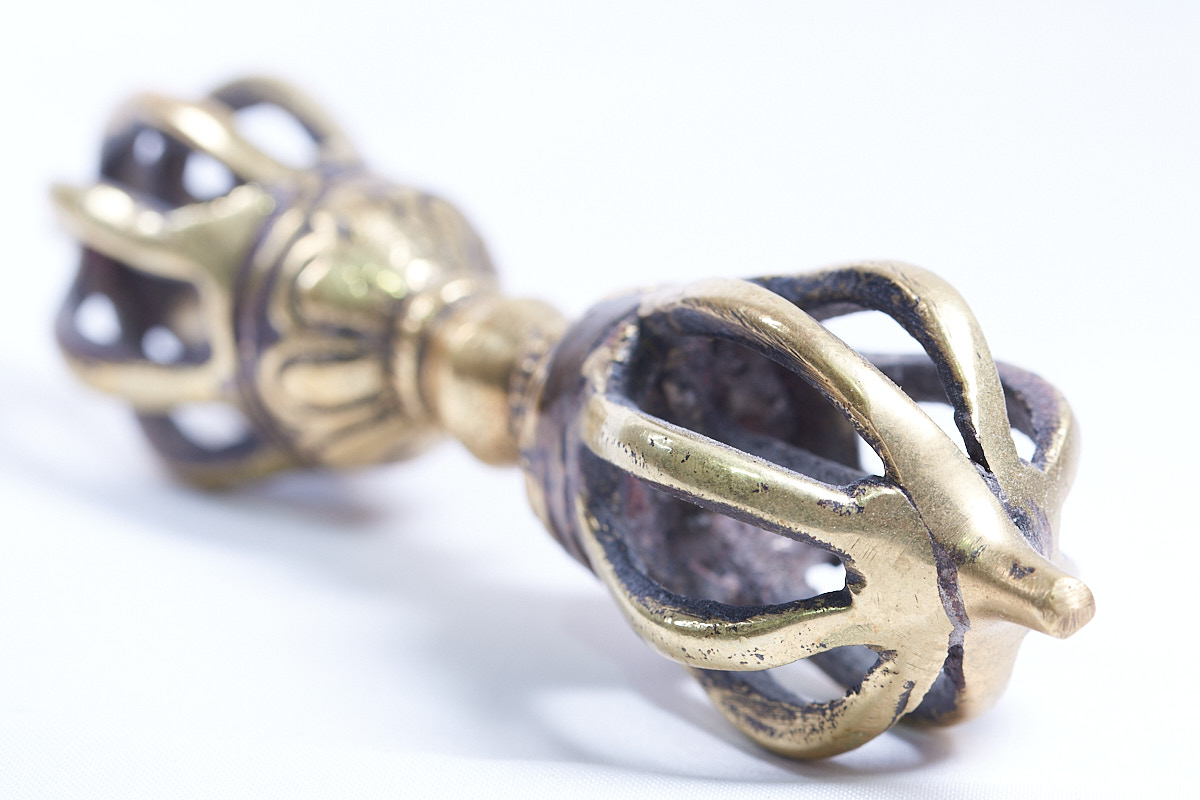
On the other hand, close-up photography makes you grow personally and professionally more than any other photographic genre. It teaches you to observe, have patience, and be fast in setting up your camera. It gives you diversity in composition, playfulness, and flexibility. And it enriches your portfolio no matter what type of photography you do.
Moreover, it teaches you to photograph any subject in a unique and personal manner. Because you engage with the subject and tell its story from a unique point of view, you create your photographic style. Close-up photography helps you find your inner voice as a photographer and find out what drives you in this profession.



